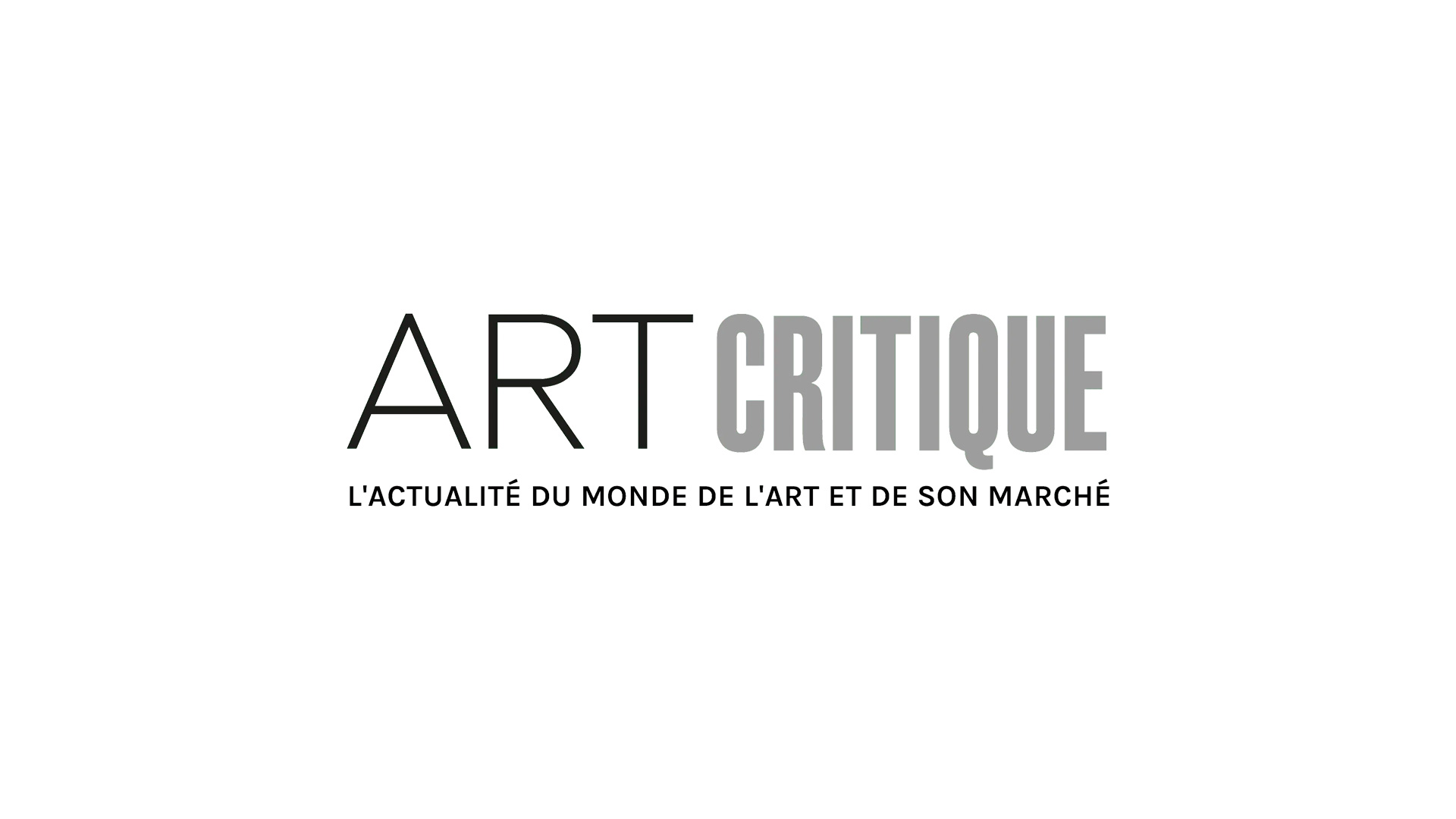Experiencing art looks a little different today than it did a year ago. While many were already embracing the joys of what VR and AR had to offer in the art world months ago, in the age of COVID-19, they have become integral for museums, galleries, and art enthusiasts, alike. This may have you pondering that age-old question of whether a virtual experience is as good as seeing an artwork in the flesh, so to speak. Do AR and VR really compete with going to a museum? Most any art historian, museum associate, or gallery-goer would say there’s nothing that compares to seeing an artwork in situ, but a new study might prove otherwise.
Created collaboratively between Cuseum, a tech tool created by Brendan Ciecko that helps museums engage with their audiences, and MIT, the study, titled Neurological Perceptions of Art through Augmented & Virtual Reality, looks at the neurological effects of experiencing art through AR, VR, two-dimensionally, and in real life. The results? Yeah, they might surprise you.

The study is one of a kind, taking a closer look at the neuroscience of experiencing art, in real life or otherwise, as opposed to merely making a judgement informed by opinion alone. Over the course of ten months, Dr. Pawan Sinha, a well-known neuroscientist at MIT, oversaw a team of researchers conducting the study. Nine individuals, with essentially no connection to the arts, were monitored while they experienced artworks through AR, VR, in 2D (an image on an iPad), and in real life at the Boston Museum of Fine Arts. Wearing special headsets to record brain activity, researchers were able to compare the way the brain responds to looking at art presented through different outlets.
Ultimately, researchers concluded that “current EEG [which monitor brain activity] findings would suggest that aesthetic experience is not denigrated by a digital interface representation and, in fact, digital reproductions in the case of augmented reality are shown to improve the magnitude of brain activity compared to the viewing of original works of art.” What this means is that seeing an artwork virtually might not be so different to seeing an artwork on a gallery wall. Additionally, in those studied, AR experiences lead to more recall of the artworks in the weeks after seeing the artwork.
Cuseum released their study alongside a new AR feature called Museum From Home they’re offering to museums that brings art to users in their own homes, something that’s become more and more necessary during COVID-19. “We’re helping people across the globe feel connected with works that bring them joy and inspiration,” said Ciecko in a press release for Museum From Home. “Just imagine experiencing your favorite artwork from the comfort of your own living room – we’re excited to make this a reality.”
In the end, AR and VR might not beat the experience of walking through the National Gallery in London, hearing hushed conversations, seeing works side by side in a gallery, and visiting a museum gift shop to grab a postcard of your favourite painting. But, as shown in Cuseum’s study, there may be more clout to AR and VR experiences, particularly in terms of information recall, than some might be willing to admit.
Perhaps it’s less of a matter of which experience is best, and instead, a matter of which experience fulfills your wants and needs. Whether high-brow art communities ever fully latch on to alternative art experiences is yet to be seen, but when you can’t leave your house, any way to experience art is better than nothing if you ask me.
Interested in reading more of Cuseum’s study? You’ll find it here.





